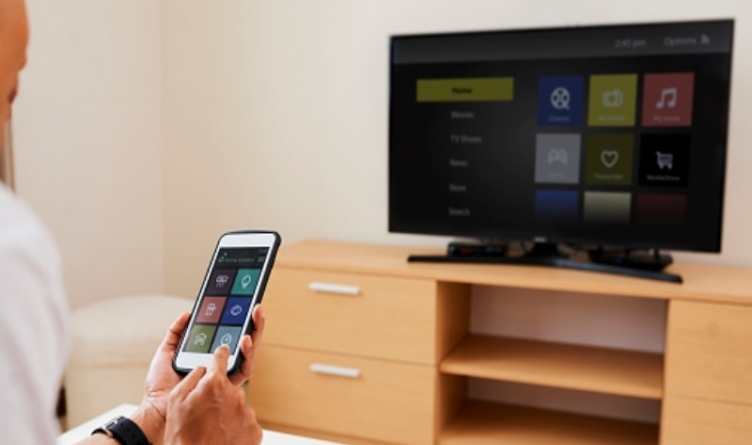Improve the sound of your TV

December 22, 2022
We will explain how to improve the sound of your TV using some settings that come with many of them, especially the more expensive ones. Finally, we’ll give you some tips on the best place to install better sound. And all without buying any other equipment or speakers. Because sometimes we think that if the TV does not speak much, it is the fault of your speakers and that the immediate solution is to buy others or a bar. However, before resorting to these investments, you can also try to make changes, which we will inform you of. The results depend on your TV, but it’s worth a try before you spend.
Can the sound of the Smart TV be improved?
-
External speakers
A simple solution is to connect your computer’s external speakers to the TV. If they are of good quality, you will get good results very cheaply. In case only you are going to enjoy the TV, you can also connect wireless headphones. The center speaker should be placed above or below the TV, and the subwoofer on the floor next to it.
-
Music system
If you have a stereo with optical audio input (HDMI ARC), use it to redirect the TV sound. If your stereo is older, you may need a digital-to-analog audio converter.
-
Soundbars
These are small bars that are placed under the TV. They integrate several speakers inside the bar, oriented in different directions, so you don’t have to spread them around the room. Some have a subwoofer, which gives a good bass quality.
-
Home Cinema
A home theater system requires a greater investment of money and more complex connections. This audio system aims to create an experience close to the cinema and usually has five speakers and a subwoofer. The speakers are distributed throughout the room to create a surround effect, while the subwoofer is placed on the floor and reproduces the so-called sub-bass sounds, which other types of speakers are not capable of reproducing, to provide a richly nuanced sound.
-
Use acoustic correction
With the frequency domain, you are going to be able to vary the amplitude of the signals in each frequency range according to the characteristics of the room and the speakers, obtaining a response as flat as possible. Meanwhile, the second system measures how long it takes for the audio signal to arrive from the speaker. In this process, the TV will learn the contents and components of each signal to prepare them in the listening station so that we can listen to the signals in one part.
As a result, the TV can often eliminate low-frequency bursts, produce a more balanced response, and better reproduce the sound from the speakers. You will have more clarity in the execution of effects and the sound will be brighter. These options are auto-tuning, and auto-tuning, although not all TVs have them. Some TVs may offer these options manually rather than automatically as part of their equivalent. There are no perfect presets here, because each room is unique, so you will need to adjust the size of the signals in each available area, trying to find a simple answer with the worst.



